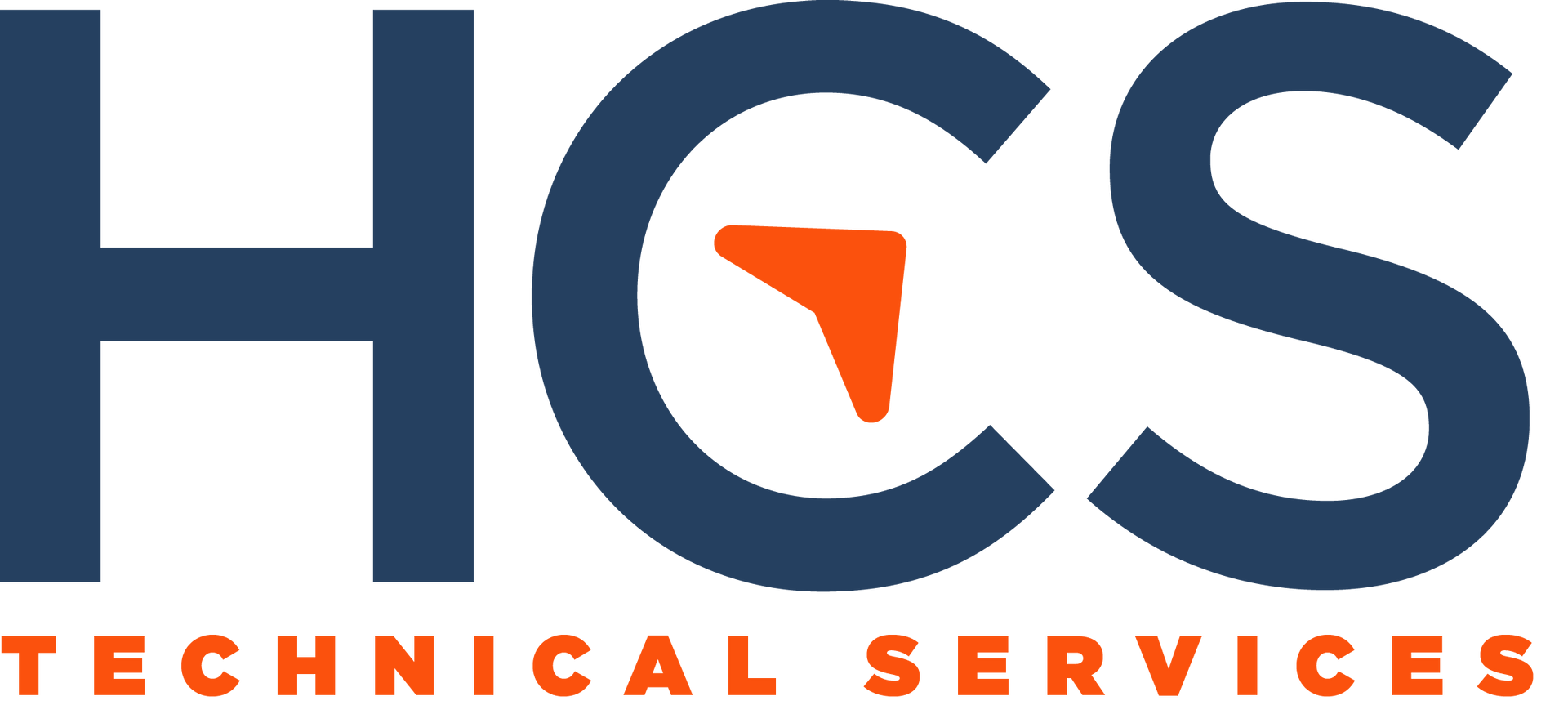Unlock the Potential of Your Business With Cloud Migration
Unlock the Potential of Your Business with Cloud Migration

Understanding the Benefits of Cloud Migration
In the rapidly evolving digital landscape, businesses are increasingly looking to cloud migration as a strategic move to unlock growth and streamline operations. Cloud migration offers numerous advantages, starting with cost savings. By migrating to the cloud, businesses can reduce IT infrastructure costs, as there is no need for physical hardware or maintenance. This shift allows for capital to be reallocated to other critical areas. Additionally, the cloud provides unparalleled scalability. As your business grows, your cloud infrastructure can seamlessly expand to meet increasing demands without requiring substantial upfront investments. Another significant benefit is accessibility. Cloud services enable employees to access data and applications from anywhere, promoting flexibility and collaboration. This not only boosts productivity but also allows businesses to adapt to remote work setups with ease. With enhanced disaster recovery and data security features, the cloud also offers increased resilience against data loss, ensuring business continuity. Through cloud migration, businesses are better positioned to innovate, react swiftly to market changes, and achieve a competitive edge.
Steps to a Successful Cloud Migration
Transitioning to the cloud requires a well-planned strategy to maximize the benefits while minimizing disruptions. The first step is a thorough assessment of your current IT environment. This includes evaluating your existing hardware, software, and network capabilities to determine what can be moved to the cloud. Next, prioritize which applications and data are to be migrated. It’s crucial to start with the non-essential applications to test the migration process and resolve any challenges before tackling core business systems. Additionally, choosing the right cloud service provider is critical. Factors such as service reliability, security standards, and cost-effectiveness should guide your decision. Establish a robust data governance framework to ensure compliance with regulatory requirements during and after the migration. Finally, develop a comprehensive training program for your staff to facilitate a smooth transition. By preparing your team to utilize cloud technologies, you'll empower them to effectively leverage the tools available, ultimately boosting productivity and innovation.
Challenges and Solutions in Cloud Migration
Cloud migration is not without its challenges. One of the primary concerns is data security and privacy. As sensitive data moves to the cloud, businesses must ensure robust security measures are in place to protect against breaches. Employing encryption, multi-factor authentication, and regular security audits can mitigate these risks. Another challenge is potential downtime during the migration process, which can disrupt business operations. To address this, it's essential to schedule migration activities during low-traffic periods and develop a detailed migration plan that includes contingencies for unexpected issues. Compatibility is another consideration; not all legacy applications may be suitable for cloud environments. In such cases, businesses might need to refactor or replace these applications, which requires careful planning and testing. Lastly, managing cloud costs can be complex due to varying pricing models. Implementing cloud cost management tools and regularly reviewing usage can help keep expenses in check. By proactively addressing these challenges, businesses can ensure a successful cloud migration, reaping the full benefits of their investment.
Maximizing Your Cloud Investment
Post-migration, the focus shifts to optimizing cloud resources to maximize your investment. Start by analyzing cloud usage patterns to identify underutilized resources that can be scaled down or redirected to areas with higher demand. Implement automated scaling features offered by cloud providers to adjust resources based on real-time demand, ensuring performance without unnecessary costs. Additionally, take advantage of cloud-native services such as analytics and artificial intelligence to drive innovation and enhance decision-making processes within your organization. Regularly update and patch cloud applications and infrastructure to maintain security and performance standards. Establish a robust monitoring and management framework to continuously track performance and identify opportunities for improvement. Engaging with cloud consultants can also provide valuable insights and recommendations tailored to your business needs. By continually refining your cloud strategy, you ensure that your business remains agile and poised for growth, ready to capitalize on new opportunities as they arise.
Partnering with HCS Technical Services for Cloud Migration
The journey to cloud migration is complex, but with the right partner, it can be a seamless transition. HCS Technical Services offers comprehensive cloud migration services to businesses in San Marcos, Austin, Wimberley, and New Braunfels, Texas. Our team of experts provides end-to-end support, from initial assessment and planning to implementation and optimization. We understand that each business has unique requirements, and we tailor our solutions to meet your specific goals and challenges. Our secure and scalable cloud solutions are designed to enhance data protection, ensure compliance with industry regulations, and boost operational efficiency. With 24/7 service and support, we are committed to your success, providing peace of mind as you navigate the complexities of cloud migration. Partnering with HCS Technical Services means gaining a trusted advisor who is dedicated to your business's growth and innovation. Let us help you unlock the full potential of the cloud, driving your business forward in today's digital age.
Contact Us for a Cloud Migration Consultation
If you're considering cloud migration or want to learn more about how it can benefit your business, contact HCS Technical Services today for a comprehensive consultation. Our team is ready to assist you in developing a strategic plan tailored to your business's unique needs, ensuring a seamless transition to the cloud. With our expertise and dedication to client success, we are committed to helping you achieve your business objectives and gain a competitive edge in the market. Reach out to us through our website at [www.hcsts.com](https://www.hcsts.com/) or call us at [phone number] to schedule your consultation. Unlock the potential of your business with cloud migration and experience the transformative impact of this innovative technology. We look forward to partnering with you on this exciting journey.
HCS Technical Services











